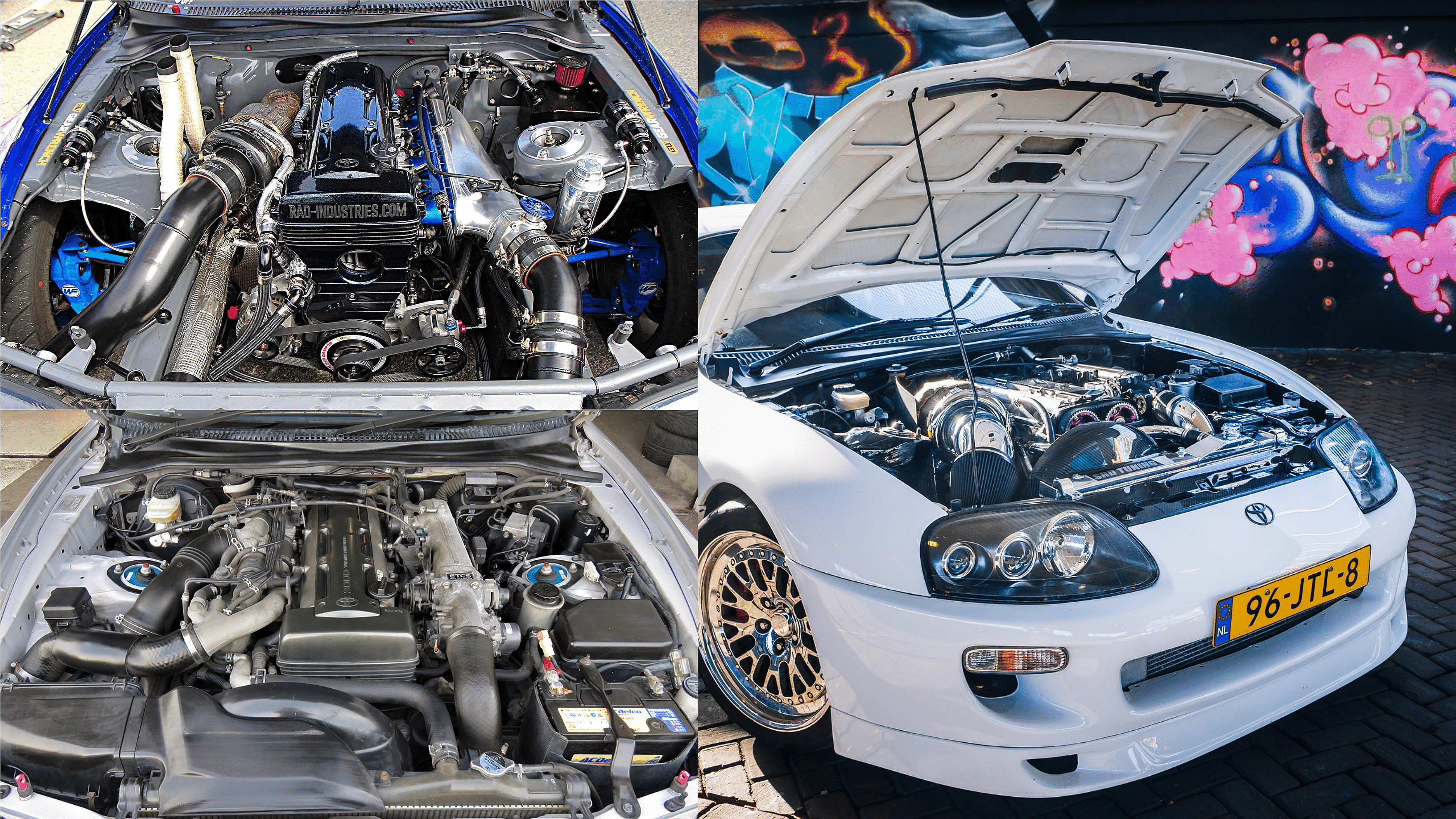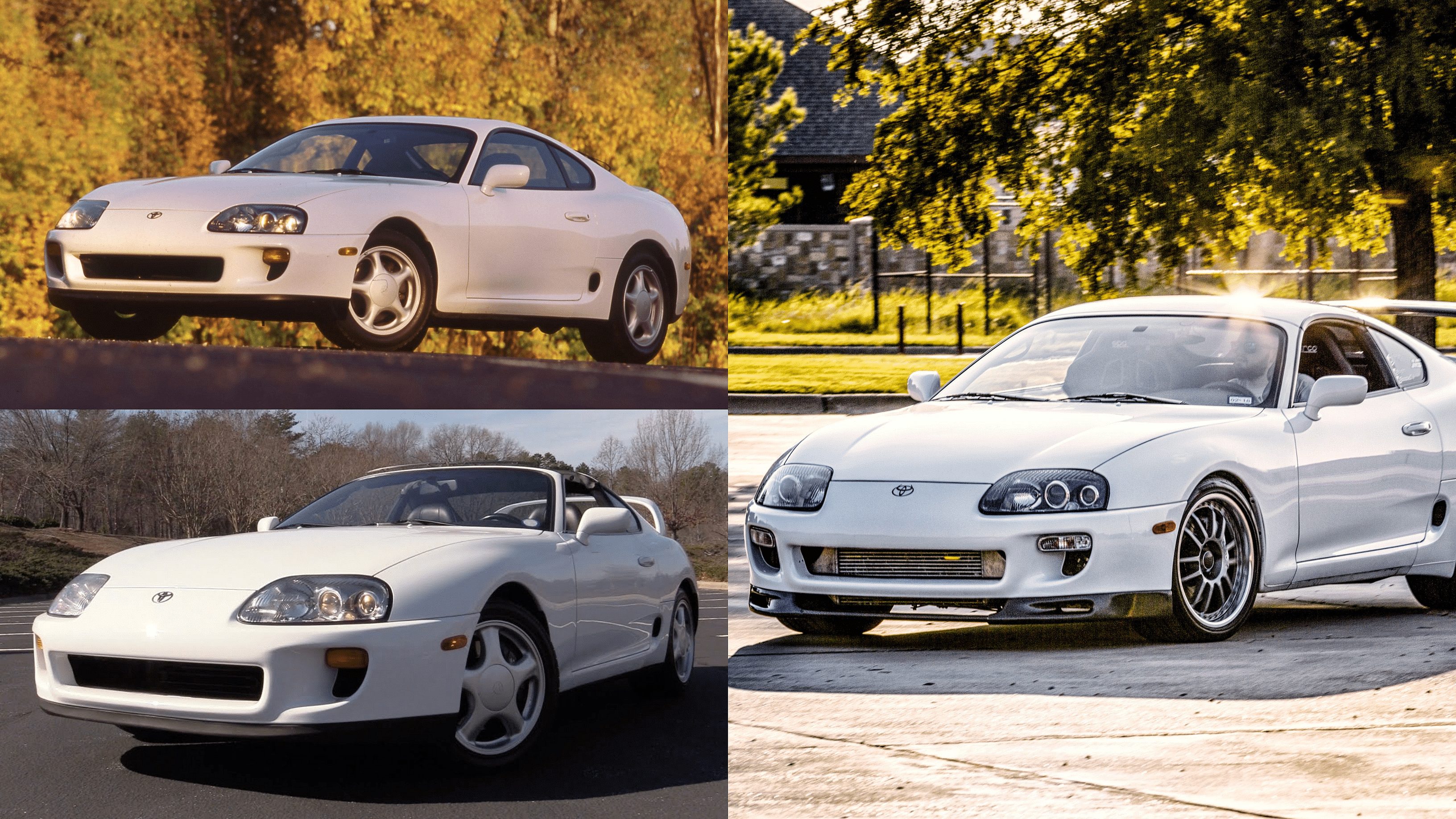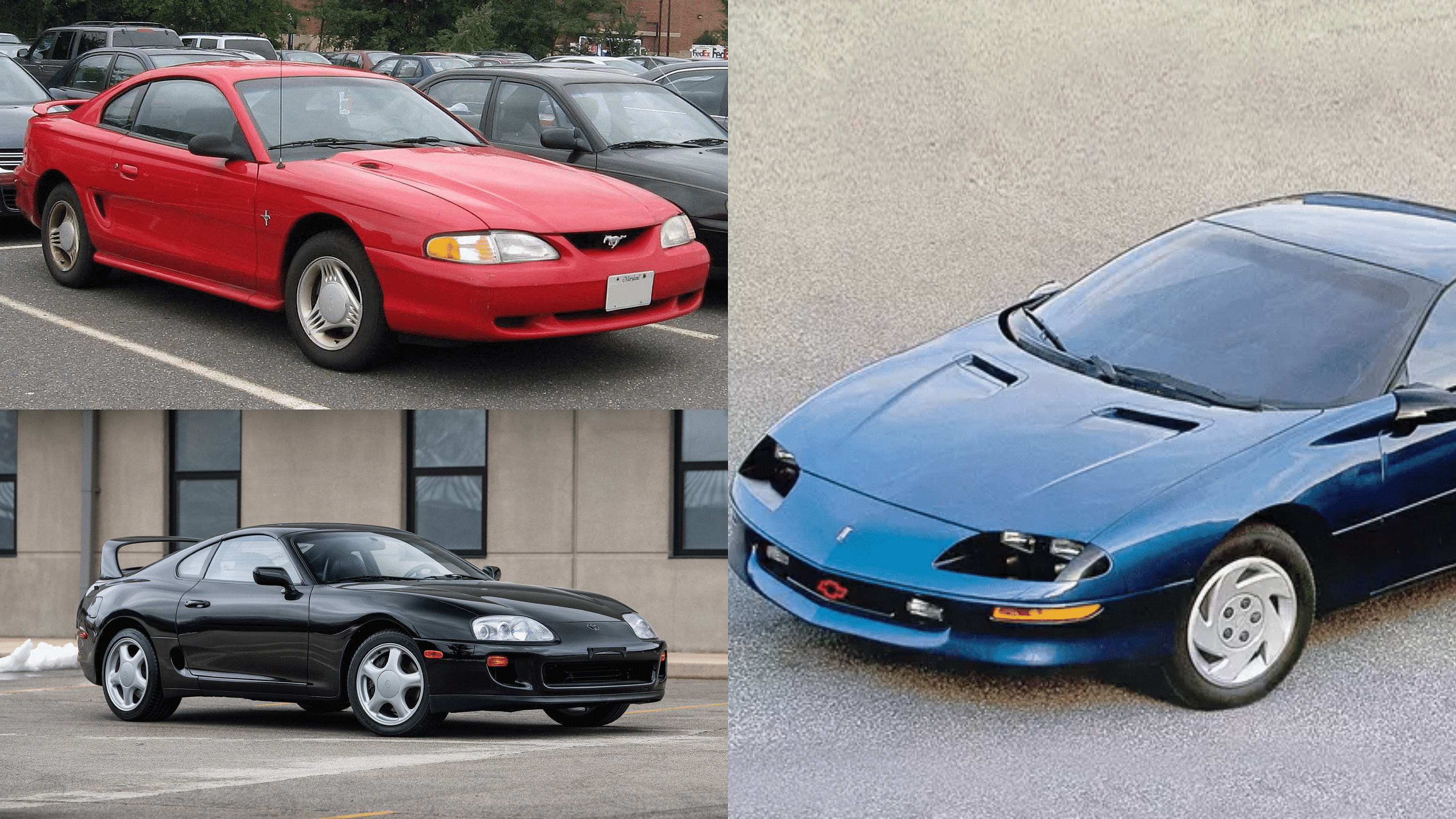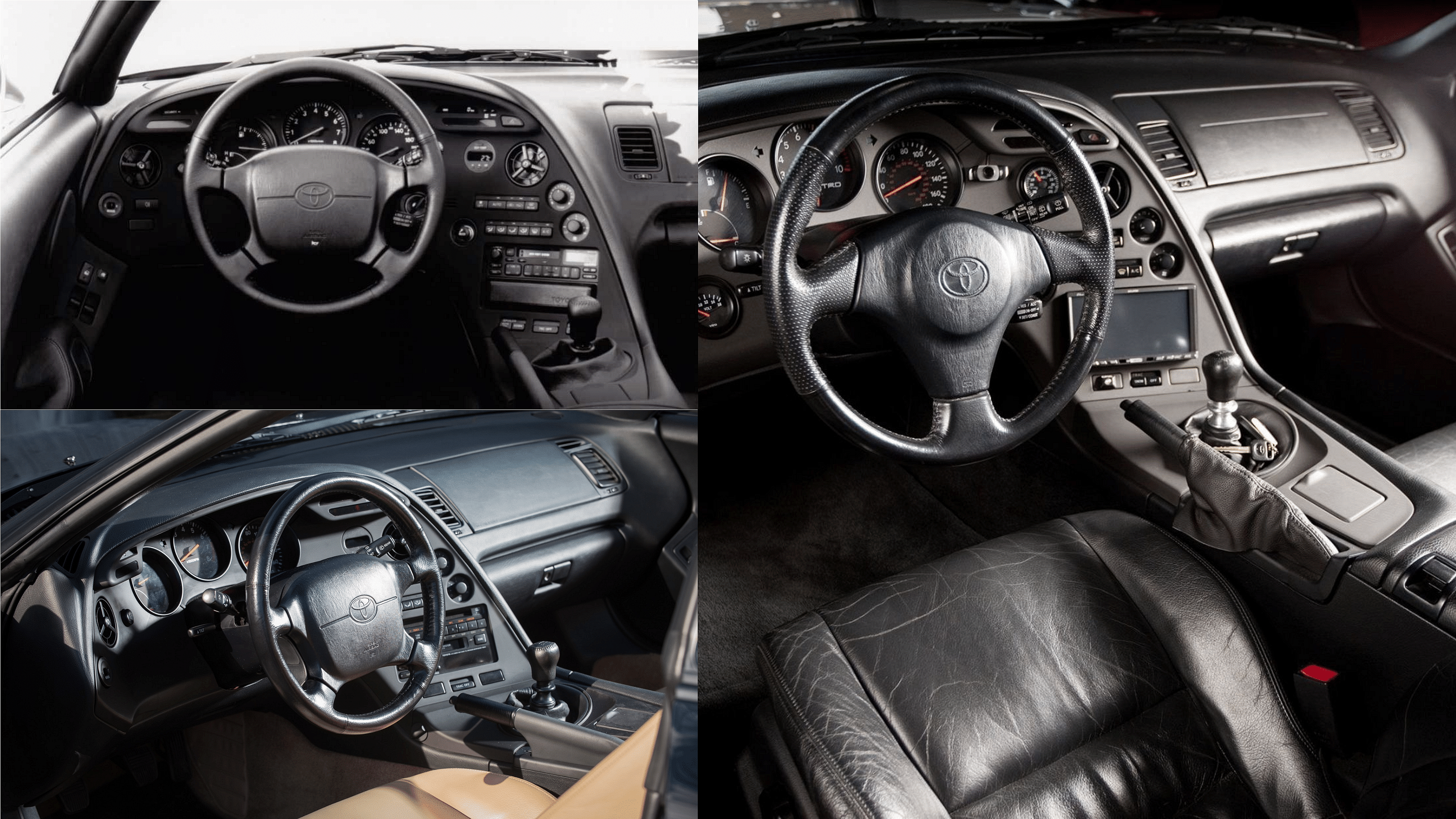Top 10 Facts You Need To Know About The Toyota Supra MK4 Before Buying
The Toyota Supra in its latest avatar is an appealing sportscar and attracts plenty of enthusiasts. However, the MK4 model carved out a niche for the Supra name soon after its launch in 1993. While the models prior to the MK4 were majorly known as Celica, the former brought about some significant design and performance improvements. The timeless design and the endless tuning capabilities of the MK4, make it a cult car at present and is a tuner's favorite too.
Published February 2, 2024

During its launch in 1978, the Supra was based on the popular Toyota Celica, which also dominated the affordable sports car segment during its time. However, it did take some time for the Supra to rise above its less powerful Celica due to the higher tax imposed on Japanese buyers for its bigger engine.
First exported in 1979, the Celica was soon completely redesigned in 1981 commencing its second generation model. Both the second and third-generation models came with the iconic pop-up headlamps along with the classy design that the Japanese sports cars of that time rolled out with.
The fourth generation model of the Supra, popularly known as MK4, arrived with a complete makeover in 1993. With this model, Toyota focused more on the car’s performance and equipped it with the legendary 2JZ I-6 motor. Currently, it is one of the most highly customized cars out there and some examples can beat some multi-million dollar supercars on straight-line sprints as well.
10. The MK4 is reliable. Period.
When it comes to a tuner-friendly car, enthusiasts usually look into reliable vehicles that can handle plenty of enhancements. And that too without breaking anything too often. It seems that Toyota built the MK4 Supra keeping the future in mind where the car would be subjected to some insane customizations. The car has bulletproof reliability and the twin-turbo motor’s Getrag transmission can handle as much as 1,000 horsepower!
9. The motors are highly tunable in their stock form
As we mentioned before, the Supra is a highly reliable machine as a whole. Coming to the engine now, the car was offered two engine options, a naturally aspirated 3.0-liter 2JZ-GE, and a twin-turbo 2JZ-GTE. Right in its stock form, the naturally aspirated motor can handle as many as 300 horses.

Even though it left the factory in a performance-focused tune, it can handle plenty of power with the right customizations. The twin-turbo motor can handle 600 horses right in its stock form but you can practically tune it in a limitless manner, and the motor can push over 1,000 to 1,200 horses!
8. Easy availability of spare parts
Like a few other Japanese sports cars of that time, the Supra is surprisingly easy to maintain. The support for spare parts of the Supra MK4 is still strong and you won’t need to scour everywhere while you break something while working on your MK4 as well.
7. Try to stay away from the 1994 MK4

NHTSA has always been a good samaritan for caring enough about the passenger safety of the vehicles sold in the US. This led to several vehicles from foreign brands getting banned from being sold or being driven in the country as well. Upon the launch of the 1994 Supra, the organization found some critical issues with the car. The problems ranged from brake failures to damage to the tires under harsh braking situations.
6. Be ready to shell out a fortune for the MK4
While the car wasn’t incredibly popular like it is now, its popularity has hit its current pricing directly. A least-tuned example can sell for a hefty premium let alone a stock model. If you’re gonna be spending anyway, the JDM classic can cost anywhere around a hundred grand with a beaten model costing somewhere between 75 to 80 grand!
5. The MK4 can compete with any muscle car from its era

With handsome power and performance figures, the Supra MK4 could compete with almost all the V8-powered muscle cars of its time. With the right tune, you would be leaving some tuned American muscles behind!
4. Sporty interior
The interior of the Supra MK4, right in its stock form, was designed to offer the most immersive experience to the driver. The dashboard has a wrap-around design, giving the ultimate feel of piloting a fighter jet.

The standard features and the seats were adequate and comfortable for both the driver and the co-passenger. Even if you wish to drive your MK4 daily, the generous cargo space with the lift-back tailgate would surprise you pleasantly.
3. The MK4 marked Toyota’s intro to passenger airbag

Yes, that’s right. The MK4 Supra was the first Toyota to have a passenger airbag. Even though Toyota charged a slight premium to get this feature installed, it was a no-brainer decision since they knew the MK4 could do some serious speeds with upgrades. While buying, look for an example with the passenger’s airbag installed.
2. The MK4 has plenty of aluminum
A construction material found in premium sports cars nowadays, the Supra came with it a couple of decades ago. To keep the weight down, Toyota used aluminum extensively for the roof, suspension arms, transmission pans, and the hood of the MK4. It allowed the MK4 to be 200 lbs lighter than all of its predecessors.
1. Stay safe from improperly modified MK4s
This is perhaps the most dreaded thing you can encounter while hunting for an MK4. As there are a plethora of modified Supras out there, chances of ending up with an improperly modified example are fairly decent since a lot of people just put in anything they can get their hands on to eke out those extra horses from the MK4s without maying much.
Write a comment
Comments
No Comments Yet








